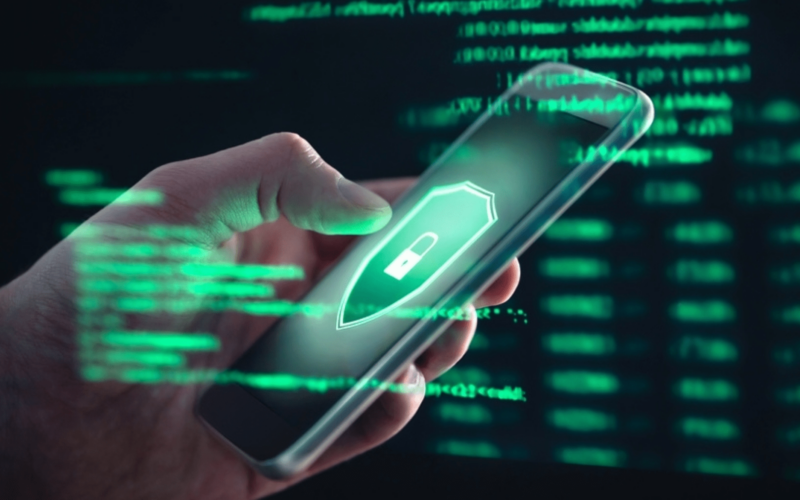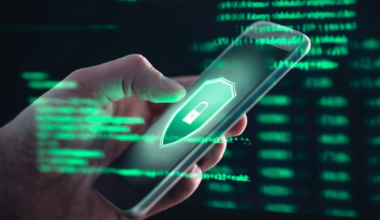QR (Quick Response) is a scan-and-pay option which is used by shoppers for payment of bills. Even small vendors provide this payment option to their customers. The usage of a QR code saves the users from entering beneficiary account details and provides faster settlement of transactions. For ease and convenience of users, all banking and E-wallet apps provide QR code reading software. Upon scan of the QR code, the user enters the amount, authenticates payment by inputting the password, and the amount is transferred to the account of beneficiary. The users can generate a QR code and send it to another party (payer) to scan and pay the amount mentioned therein.
About QR Code frauds
- While QR is used for scanning and payment purposes, we come across incidents whereby fraudster mislead people into believing it is deposit confirmation. A few examples are:
- Fraudsters reach out to the sellers of goods on platforms like OLX. They pretend as dealers of second-hand goods and convince the seller to finalize the deal even without inspection of the goods. To create confidence, the fraudster initially transfers a small token amount to the account of the seller and keep him engaged in conversation. For the remaining payment, they send a QR Code to the seller and convince them that it is payment confirmation for the money deposited in the seller’s account. Whereas QR is meant for collecting money and the seller could end up in losing money from his account if he enters PW to authenticate it.
- Fraudster share QR Code through WhatsApp with people, asking the code to be scanned to get money in their account. Innocent people think that this would credit money to their account but what happens is actually the opposite, scenarios like this make people victims of Cyber-crime.
- Fraudsters pose as sellers on sites like OLX, Quikr, and social media channels by posing as Army Officials, BSF, CISF, or impersonating any brand name. Then they ask buyers to pay in advance using the collect request or make a payment on the given QR code. Buyer unaware of the intentions of the seller makes the mistake of approving such collect requests.
- Fraudsters create fake websites and offer lucrative deals that attract the buyers and accept payments through QR code
How to safeguard from QR code fraud?
- For receiving money in your account, no PIN is required. Fraudsters try to confuse the user by sending a QR code.
- Scan only those QR codes that are fully trustworthy and you know where it originated from.
- Never approve collect requests from unknown beneficiaries.
- Never scan a random code just out of curiosity to know what is there inside.
- Avoid using Public QR codes as cyber criminals may swap them by replacing their own QR codes with genuine ones to make money flow into their account.
- If you scan a code and find yourself on a web page that asks for personal information such as name, login credentials, address, etc., don’t key in the information.
If somebody asks you to scan the QR code to receive money, it is a fraud call. Do not believe.
Stay vigilant, Stay safe!






